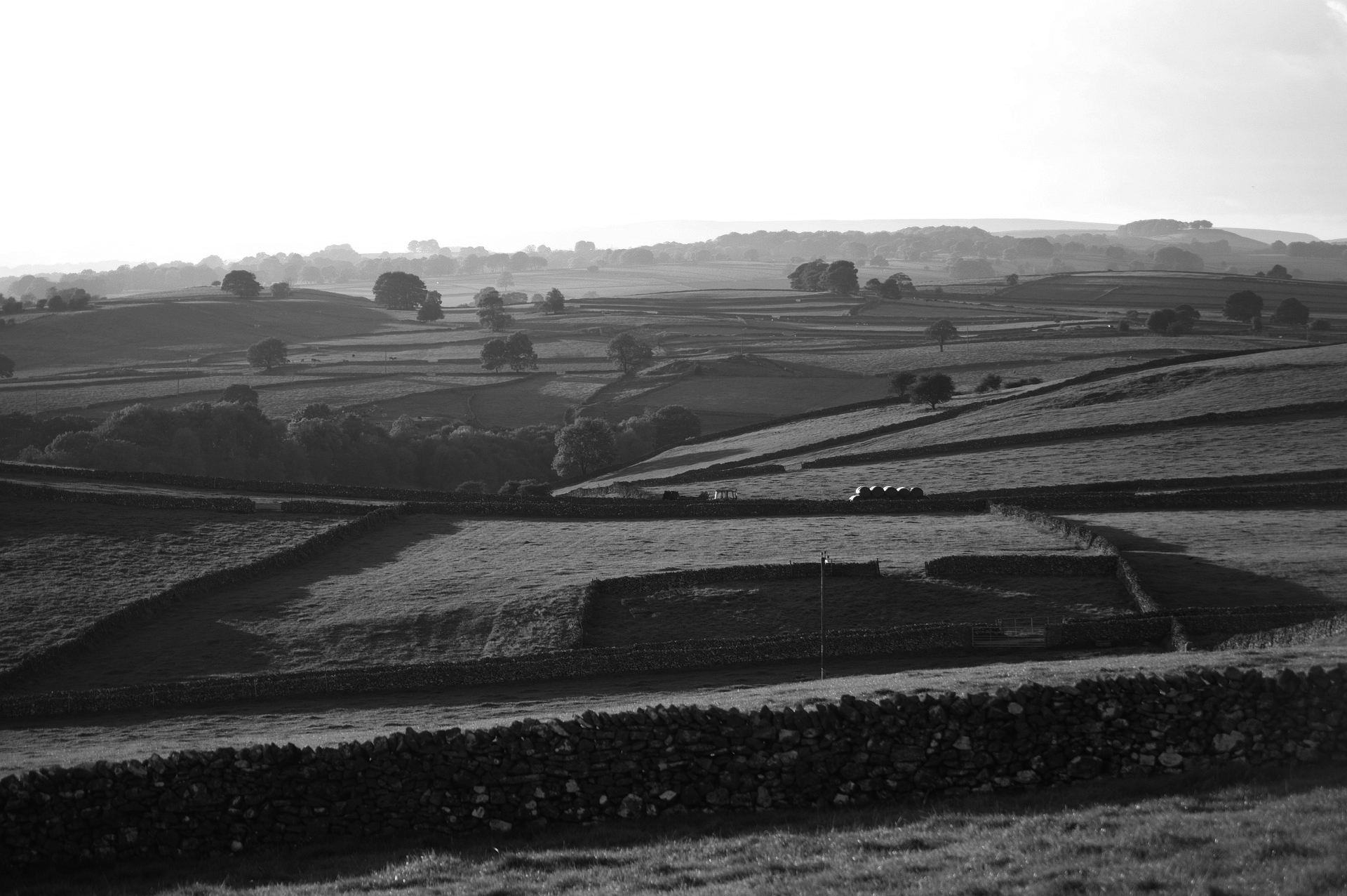For a few dark days in summer 2022, England’s new Environmental Land Management scheme (ELMs) looked like it might be a casualty of Liz Truss’s bonfire. A coalition of farming unions and environmental NGOs alike jumped to its defence, lauding it as *the* post-Brexit bonus and saviour of English agriculture.
As an over-complicated agri-environment scheme, the aims of the ELMs are laudable. The key challenge it faces though, is that it lacks having a coherent purpose to start with, leaving it at risk of being all things to all people.
This was brought home to me in an appearance at a net zero APPG discussion on decarbonising land use (the correct term should really be recarbonising land, but we’ll let it pass). Other panellists were adamant that ELMs was the best route for farmers to achieve net zero, as it supported beneficial activities while enabling private finance for ecosystem services like carbon sequestration. I disagreed.
There are multiple barriers in the way of developing an effective private market for soil carbon sequestration in England and ELMs is definitely one of them. Defra has tried admirably to leave space for private markets to develop, in stark contrast, for example, to the Sustainable Farming Scheme in Wales, which almost overtly excludes private investment in land management outcomes.
“Land managers have been slow to pick up on the material differences between carbon avoidance and sequestration, and the differences between carbon stocks and carbon flows”
The problem facing soil carbon advocates is multifaceted. Some is the fault of a naive market place on both the supply and demand side. Land managers have been slow to pick up on the material differences between carbon avoidance and sequestration, and the differences between carbon stocks and carbon flows. These elements are critical to a sophisticated offset market looking to invest in high-quality carbon units. Land managers express this as confusion over the ownership of carbon, arguing they should be paid for what they’re already looking after (which is what ELMs could do, but not at very appealing values). The market will correctly tell them carbon that’s already stored is not as valuable as carbon that could be stored in addition. Further, markets want to pay to stop the most potent greenhouse gases, including nitrous oxide, as this is more cost effective than paying for carbon sequestration. This is anathema to most farmers and food producers.
Government must commit to ELMs now that we are this far down the road, but it needs to get smarter in how the scheme material interacts with carbon markets. The lack of clarity over the regulatory baseline for soil in England needs addressing – this is new regulation post-Brexit and needs careful thought. Farmers’ own commercial imperative to have good soil does not help prove additionality. Nonetheless, Defra should demand a baseline from English farmers, as Wales and Scotland are, but could then create a target for soil carbon and let farmers decide for themselves how to achieve it. Ownership of carbon needs to be clarified in the ownership and occupation of land, and we need a register of who has paid for what and where.
Meddling around the edges with standards that require actions that offsetters wants to pay for, such as winter cover crops, is unhelpful. ELMs needs to either fund soil-first sustainable farming properly, pricing in the public value of carbon storage and emissions avoidance, or it needs to clear out the way and let the market innovate. The compromise would be a Government-led fund that paid farmers to deliver public value co-financed by the private sector and supply chains, who could claim the benefits and retire carbon units on their own accounts.
Looking at farming through the lens of net zero presents many challenges. As a top down, arbitrary and disruptive target, it’s only going to be well received by farmers if it presents a tangible and profitable earning opportunity. Otherwise they will rightly defend their livelihoods from the rapacious desire of global capitalism to secure it’s own future. A David and Goliath story indeed.







